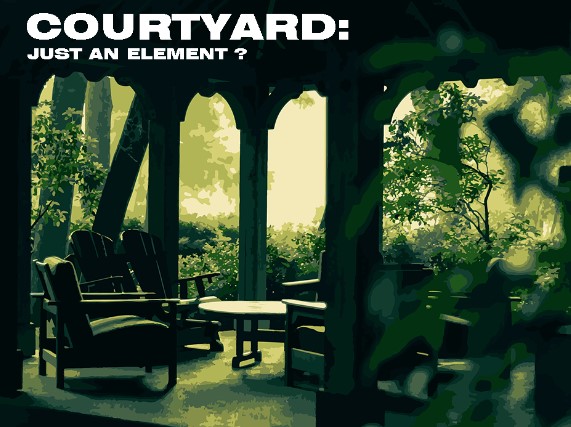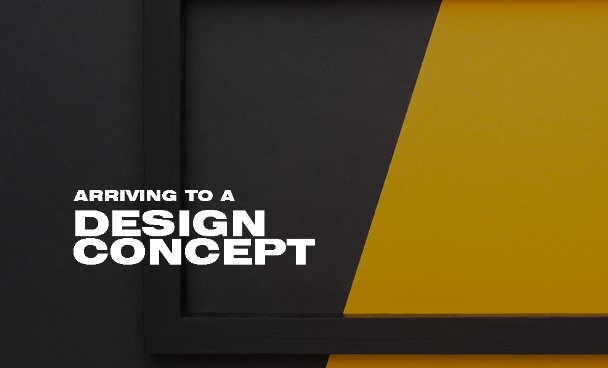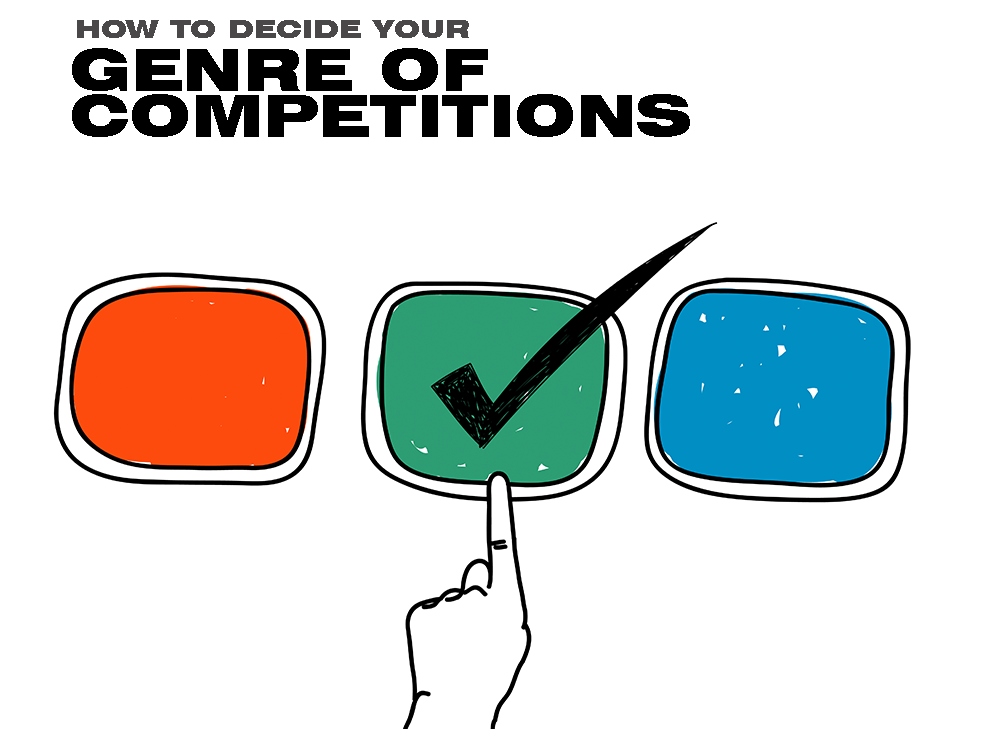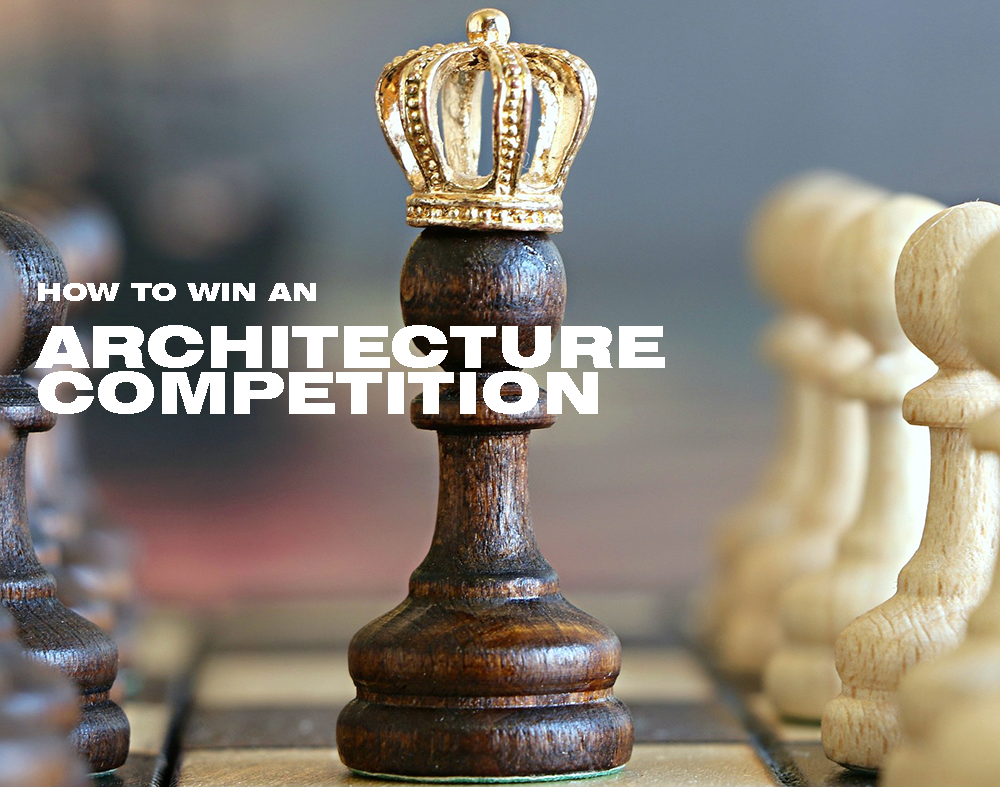9 LIVES OF A BUILDING
Like cats being gifted with a new life every time they just miss their demise, buildings are constantly propelled towards change and reinvention in order to sustain their existence. Here Jill Stoner, Director of the Azrieli School of Architecture and Urbanism at Carleton University in Ottawa, and Professor of Architecture at the University of California, […]









